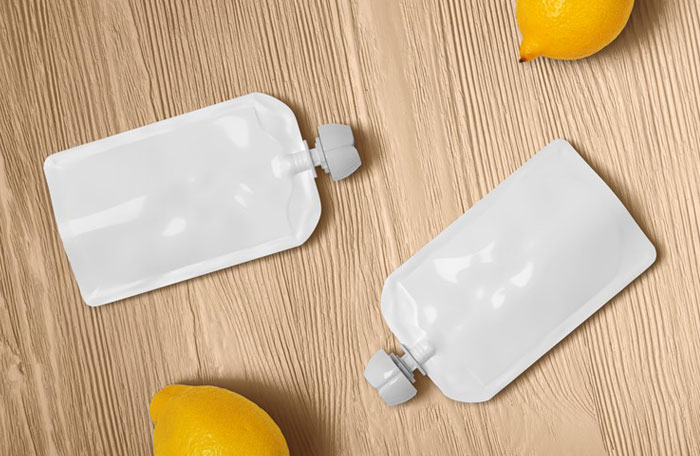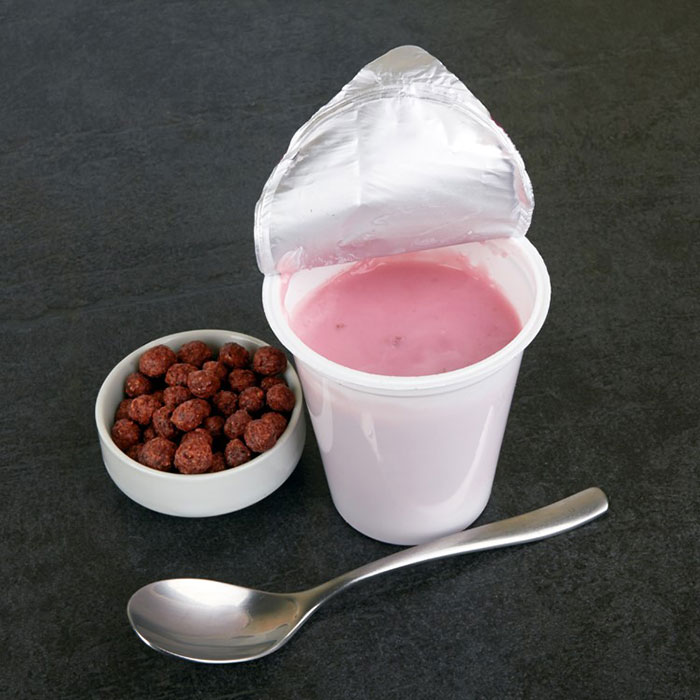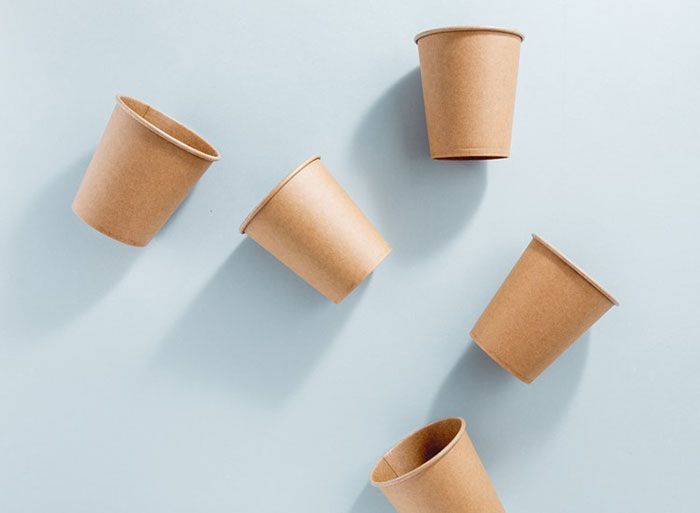
Julian Stauffer, CEO of Waldner North America (WNA), shares his insights on how smarter approaches to packaging can be a game-changer for companies striving to achieve sustainability.
The increasing demand for meals that are quick but healthy is leading to a boom in global food packaging. According to a recent study, the food packaging market is expected to reach close to USD 600 billion worldwide in 2032, an increase of 57% from its current value. This is great news for food manufacturers but raises environmental concerns due to the large volume of packaging waste circulating worldwide. This is especially relevant at a time when consumers are increasingly aware of their environmental impacts and the industry is striving to be more sustainable than ever.
Embracing eco-friendly materials is the first step to a smarter approach to packaging. There is a range of options available in the market, including biodegradable and compostable materials, that break down naturally to minimize the amount of waste that ends up in landfills or ecosystems. There are recyclable packages as well, which help to reduce the demand for natural resources. Last, but not least, there are non-recyclable packaging materials that have a longer shelf life and are being produced with a lower carbon footprint, which can reduce carbon gas emissions in production and transportation, and food spoilage
“When we discuss packaging options with our customers, we highlight the importance of using materials that have the lowest environmental impact. Sometimes they come to us with concepts that are not ideal for the environment, so we present them with more sustainable options,” says Julian Stauffer, CEO of Waldner North America. “The lowest environmental impact also comes from focusing on packaging solutions that are more efficient to manufacture from a business operations standpoint.”

Non-recyclable packaging materials can be produced with a lower carbon footprint than recyclable ones, with lower environmental impact.
Optimizing packaging approaches is also key for food companies to achieve their sustainability goals. For example, smarter designs that are comprised of fewer materials like mono-material pouches can reduce the volume of resources used in the manufacturing process while decreasing waste generation. Selecting lightweight materials can offer another sustainable approach: when materials weigh less, less energy is required to create and transport the packages, resulting in decreased fuel consumption and greenhouse gas emissions. Additionally, the growth of bio-based or recyclable plastics helps companies achieve their environmental goals.
Implementing reusable or refillable packaging solutions is another effective strategy. By designing durable containers that can be returned, refilled or repurposed, companies eliminate the need for single-use packaging. This further reduces waste and offers long-term cost savings.
“A package design will not be successful if it isn’t crafted with a purpose or doesn’t accomplish its intended use,” Stauffer said. “Smart design choices leave an impact on the brand’s image, because it shows that the company cares about the planet. On the other hand, if a brand uses packaging that isn’t sustainable or recyclable or utilizes unnecessary materials, it can suggest that a brand does not consider their environmental impact and social responsibility.”

Recyclable packages help to reduce the demand for natural resources.
Common sense decisions
Stauffer explains that WNA’s parent company in Germany, Waldner, has been promoting more sustainable operations in the food packaging industry since the 1970s. Over the last few decades, the company has developed innovative technologies to create high-precision filling and sealing solutions, increasing efficiency and minimizing waste in the production line. Waldner strives to aid its customers in making decisions that make sense for their businesses and the environment.
WNA is sharing its parent company’s expertise with customers in the U.S., Canada and Mexico through the program Waldner Sense, created to help businesses in the region make smart, ecological choices on packaging materials, designs and production processes used.
“We are always interested in new, innovative packaging designs at Waldner. It’s exciting to see them evolve over time and how new designs can solve problems. However, the packaging solution must make sense for the environment. We use our knowledge and our connections in the industry to help customers navigate the numerous options available to achieve their sustainability goals,” Stauffer concluded.
For more information, please contact: